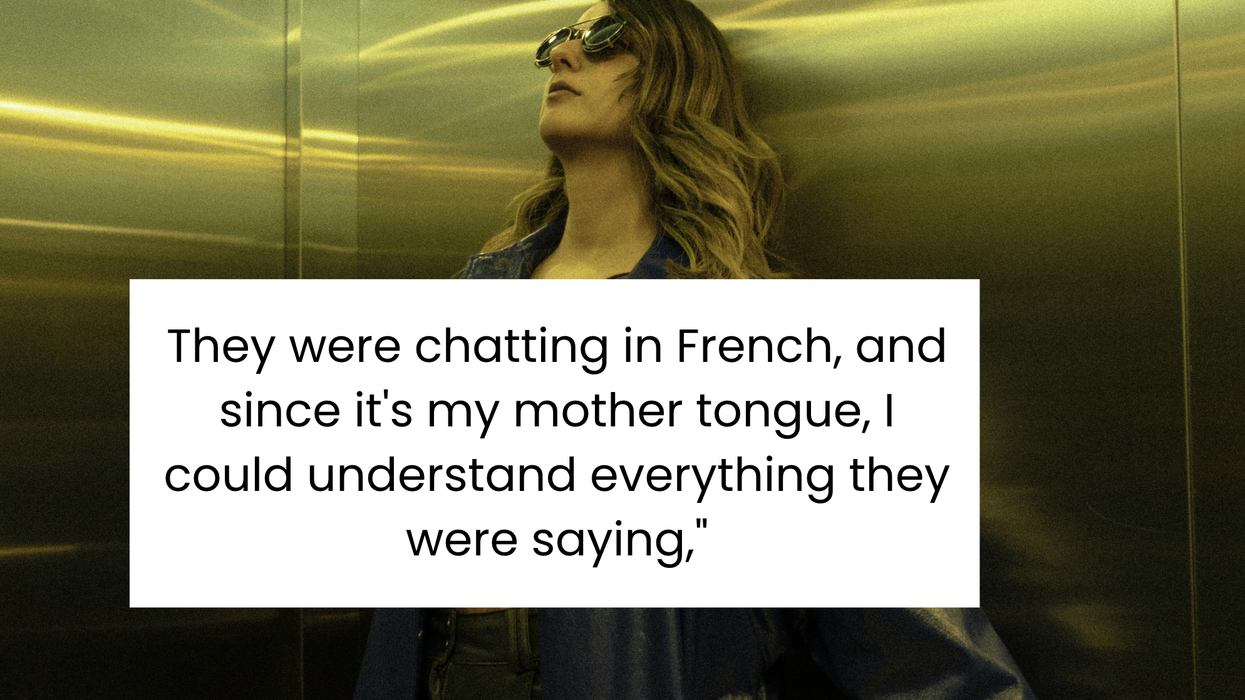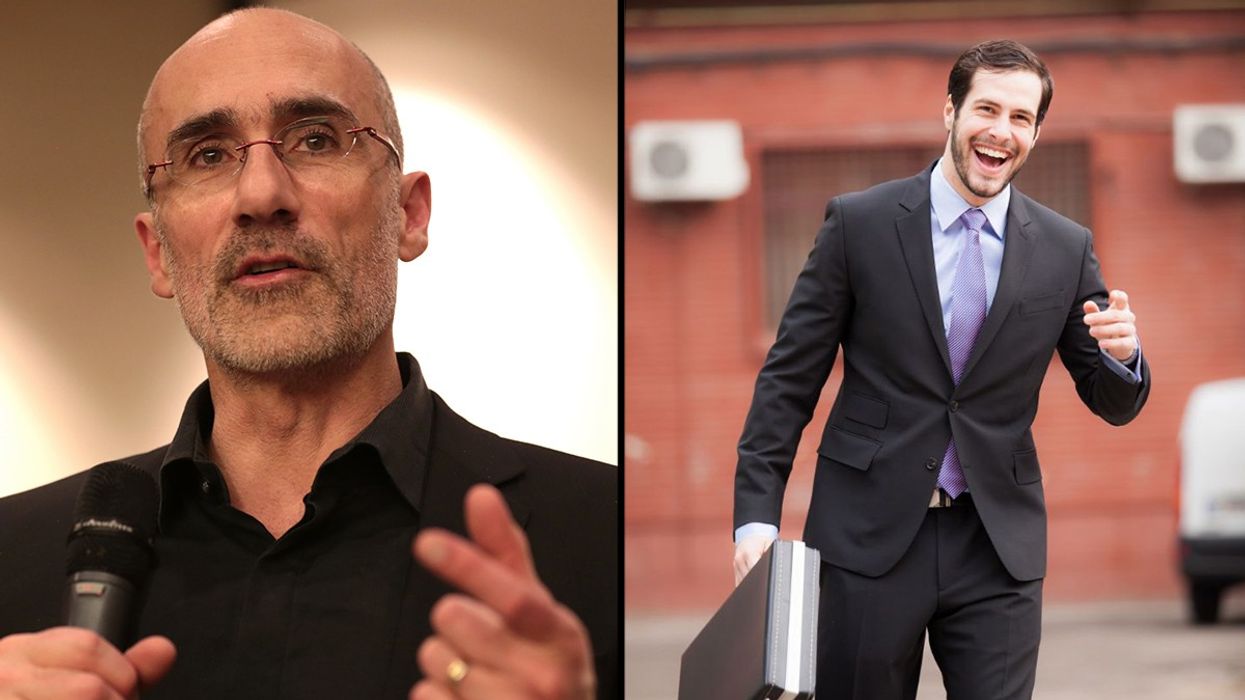Behind the bar of a fancy New York restaurant, a 27-year-old bartender tidies her olive-and-cherry box. She attempts to look distracted while a middle-aged financial analyst holds her captive with small talk.
Erik Forman picks me up in a rusty blue Chevy pickup truck at the Minneapolis airport on the day after the 86-year-old Ford assembly plant across the Mississippi has officially shut its doors. Erik is 26 and earnest-looking. His fine blond hair is boyish, almost angelic. He’s dressed in layers: hoodie, jeans, dirty Adidas. He’s very excited to see me.
A Jimmy John's restaurant in Minneapolis
What remains of the Jimmy John’s union has gathered in a living room on the south side of Minneapolis. The eight people who live in this house are all under 30, paying between $185 and $215 a month for their rooms. There is an anarchist sticker on the end table. A stuffed unicorn, riding a gigantic, joint-smoking stuffed zebra, sits on the mantel. Cut-out snowflakes adorn the front window.
Emily knew it was time to quit the tapas spot when, after yet another night of postwork drinking, she left her entire shift’s earnings in a cab and ended up blubbering into a wine glass on the floor of her apartment. She bartended for a spell in Murray Hill, a neighborhood clogged with “fratty rich kids” who got “hammered, hammered, hammered.” Then at an uptown bistro, where she clashed with her “tyrannical” boss and no one ever backed her up. She started applying for office jobs. She was ready to hightail it out of the service industry and never look back.
















 Otis knew before they did.
Otis knew before they did.